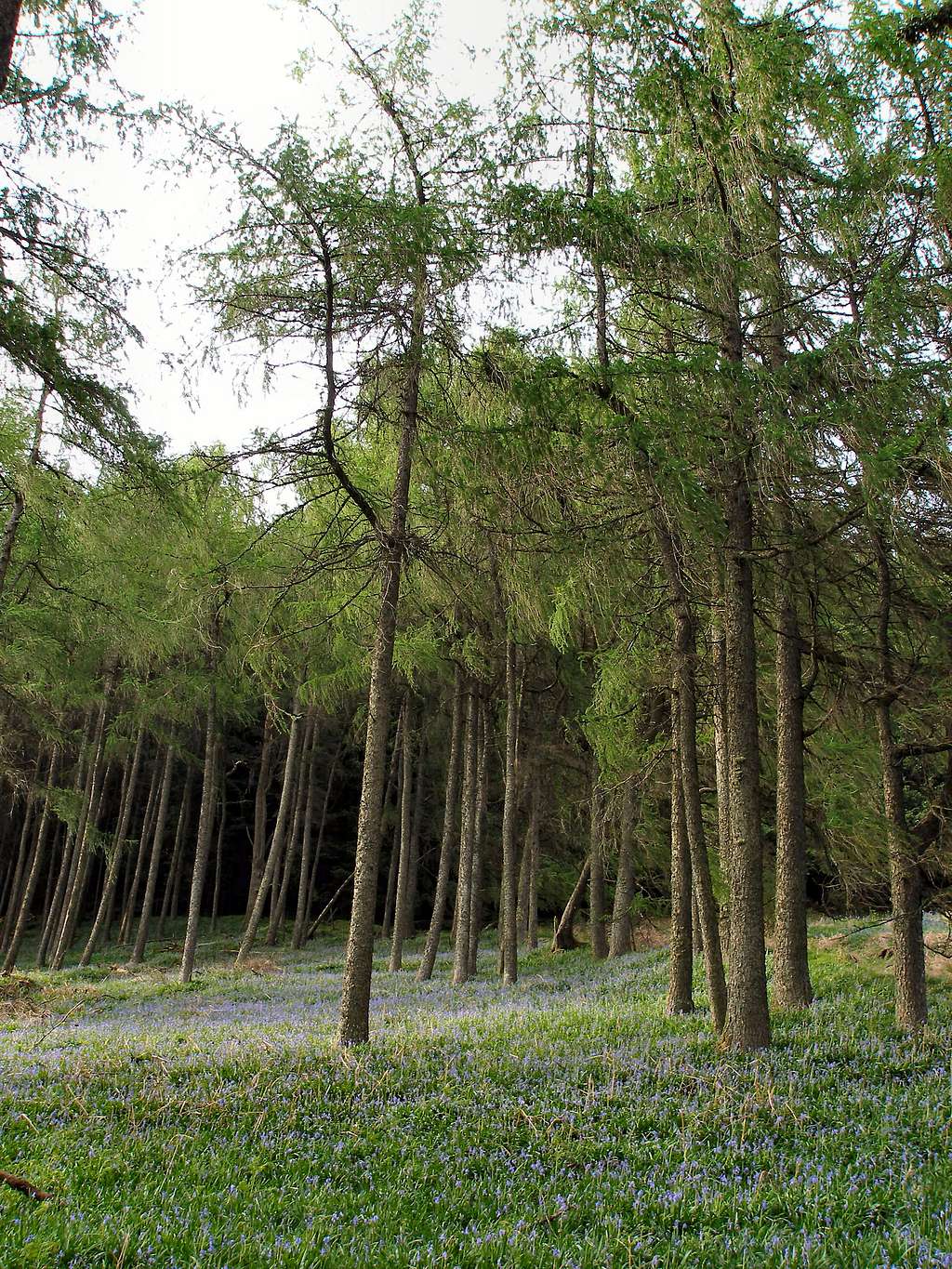yatsek - Nov 22, 2008 6:13 am - Voted 10/10
Planted by man?Any Welsh plans to restore woodland?
Nanuls - Nov 24, 2008 12:45 pm - Hasn't voted
Re: Planted by man?Amost certainly planted by man, Larch isn't a native species. There are various schemes and plans to encourage the planting of native species, but it obviously requiers the cooperation of landowners. The trouble is you can no longer replant all the areas in Wales that were once forest even if you wanted to, as the soil is now much poorer in nutreints than it was when they were cut down. we have wetter late Holocene climate to thank for that.
yatsek - Nov 25, 2008 3:23 am - Voted 10/10
Re: Planted by man?When were most of them cut down/cleared then? Iron Age or Industrial Revolution? Was it oak and beech mainly?
Nanuls - Nov 25, 2008 5:54 am - Hasn't voted
Re: Planted by man?Ah you’ve got me on my subject! Clearing first began in the Late Mesolithic when small patches of forest were cleared to aid hunting. Then in the early Neolithic, with the introduction of farming, clearing intensified and large areas of upland were cleared. Around this time there was a change from a relatively warm and dry climate to a colder wetter one, which washed away the nutrients in the upland soil, which would otherwise have been protected by forest, preventing future regeneration. Clearing continued through the Bronze and Iron Ages, and was again intensified in the Romano-British period. Deforestation continued through the Medieval and Renaissance periods so that by the 18th century almost all the natural forest, in England and Wales at least, was gone. Small patches of natural woodland remained in the remoter places, some of which still survives today and is heavily protected by conservation law.
Reforestation didn’t really begin until after 1919 when the Forestry Commission, the non-ministerial government department responsible for forestry in Great Britain, was established. Most of Wales’ large forests were planted by the Commission after the Second World War. The trouble with this was that the Commission’s original remit was entirely economic, so they planted fast growing non-native coniferous trees, most of which was sitka spruce (Picea sitchensis). More recently their remit has changed and the conifers are slowly being replaced with broadleaf trees, as and when the crop matures.
Wales’s natural forest, at the time of the Holocene’s climatic optimum, was largely made up of species of oak, alder, elm, hazel, birch, hawthorn and ash. In Snowdonia there is also evidence of the occasional Scot’s Pine, although these were unlikely to be widespread. Beech isn’t a native species, it was introduced from Spain during the Roman period, it’s considered a naturalised species today, and is often used in hedgerows.
yatsek - Nov 25, 2008 11:30 am - Voted 10/10
Re: Planted by man?Thanks for such a comprehensive reply, Dan. Must've got you indeed:-). Thinking of the UK and its peeled off forest coat, one usually blames the industrial revolution, the younger generations instantly recall Tolkien. And that was an awful time but most of the damage had been brought upon the land eons before, the same as in the Mediterranean then. So I guess, in the 19th century, Poland's woodland, especially in the mountains, and above all beech and fir, was hurt much more than UK's. And the planting of the conifers throughout most of the 20th century as well as today's gradual reintroduction of native deciduous species seems to be common all over Europe.
BTW In the 1990s I spent a few summers working in the forest in Norway as it was impossible to support a family on a teacher's salary (I must say I loved that job, it's just hard for me to live without trees) and I was impressed by the way they manage their woodland. It's also great for the hiker since you are allowed to pitch your tent on private ground for one night without having to ask for permission. Different from all that fencing and no-trespassing signs, isn't it?
Cheers,
Jacek







Comments
Post a Comment